I'm looking for some guidance in testing if a MKPolygon intersects an MKCircle. Currently I'm using:
if ([circle intersectsMapRect:[poly boundingMapRect]]) {
//they do intersect
}
I'm finding this returns inaccurate results simply b/c it draws a rectangle around my circle, thus giving me intersections that shouldn't otherwise be.
Searching the topic has lead me to Chad Saxon's polygon-polygon intersection project. This could be useful if I could somehow convert my MKCircle to a multi-sided polygon - which could be possible but ultimately I believe this is the round-about way to solve this.
I'm ultimately wondering if there is a simple solution I've overlooked before delving into porting my own custom geometry-ray-testing-algorithm implementation.



